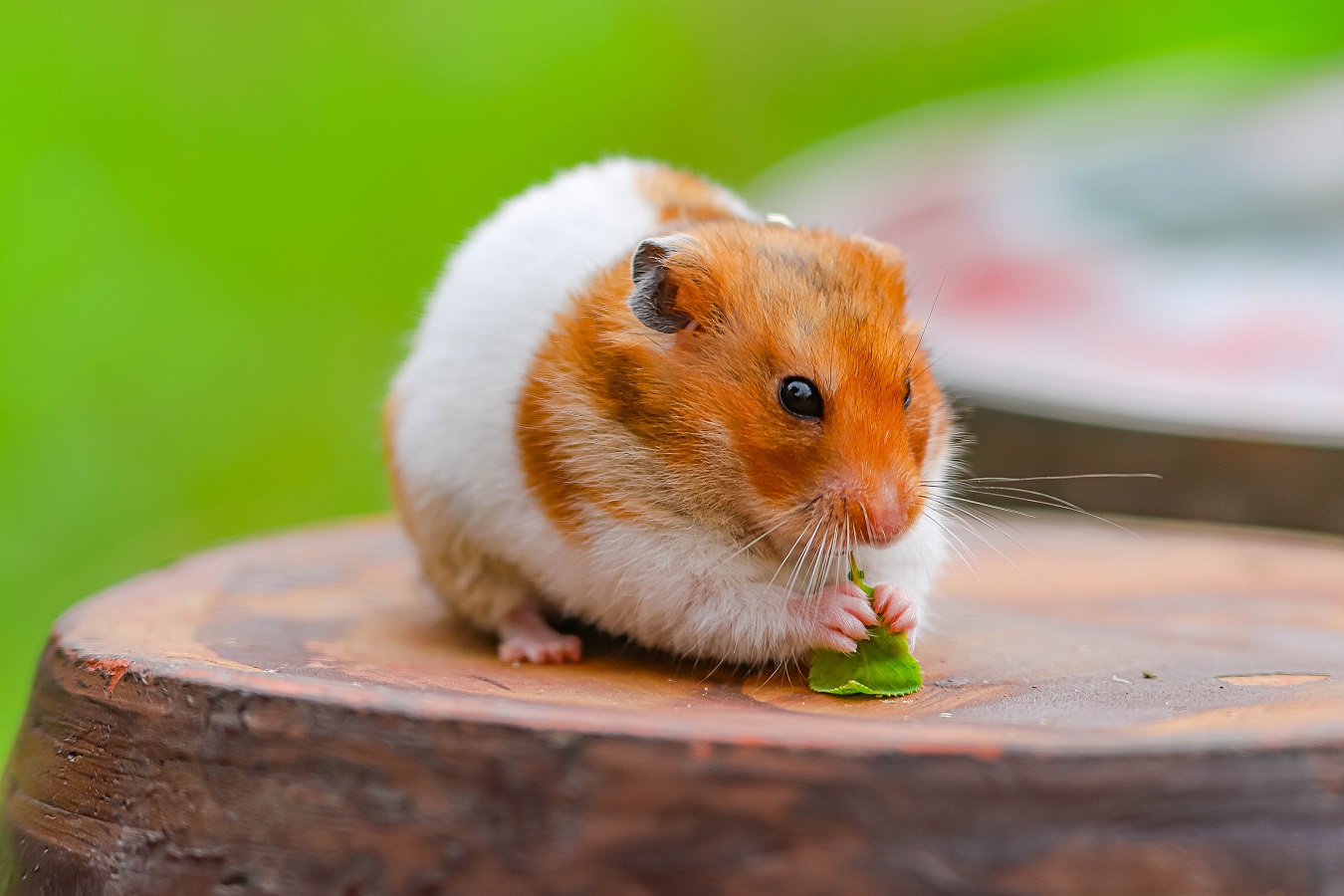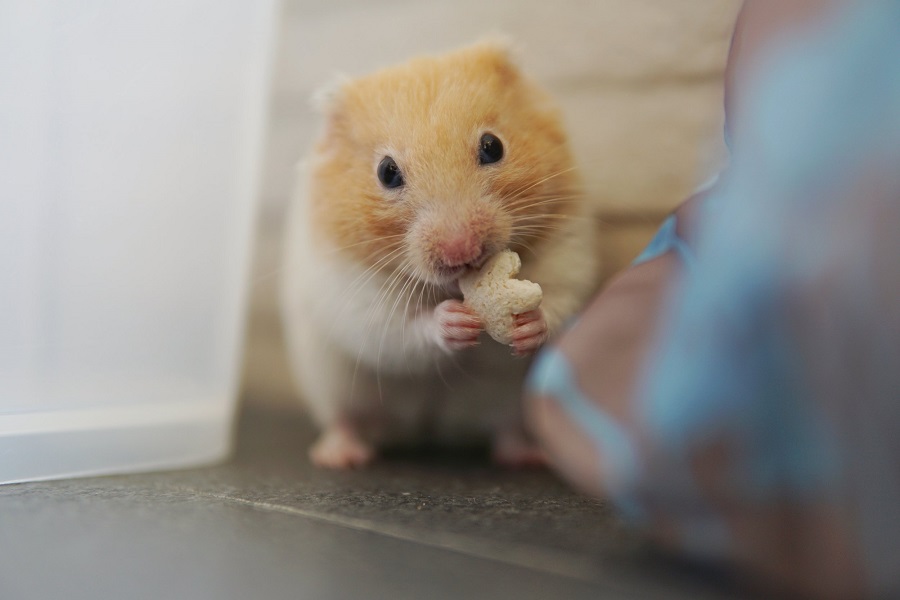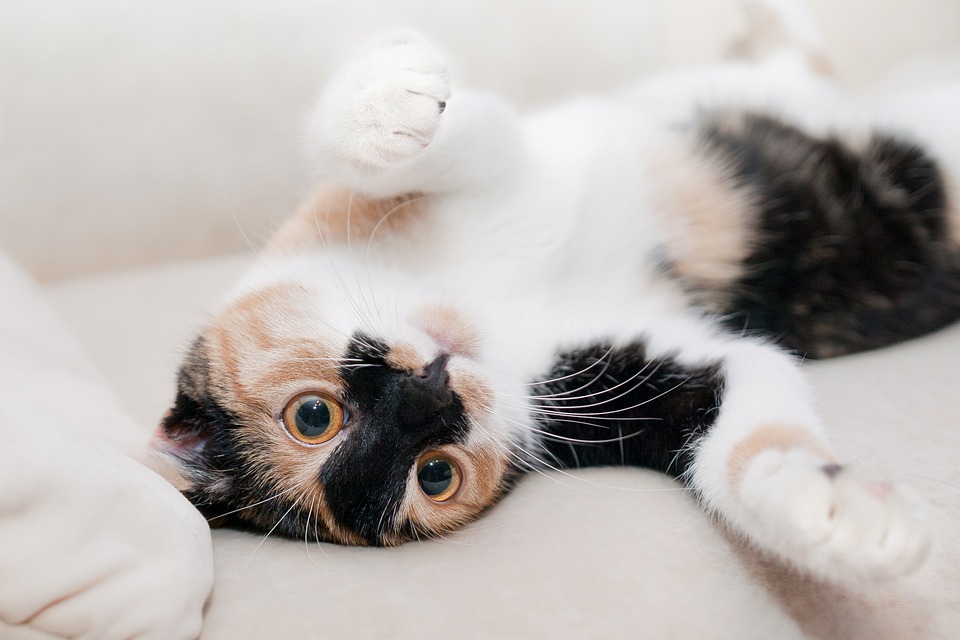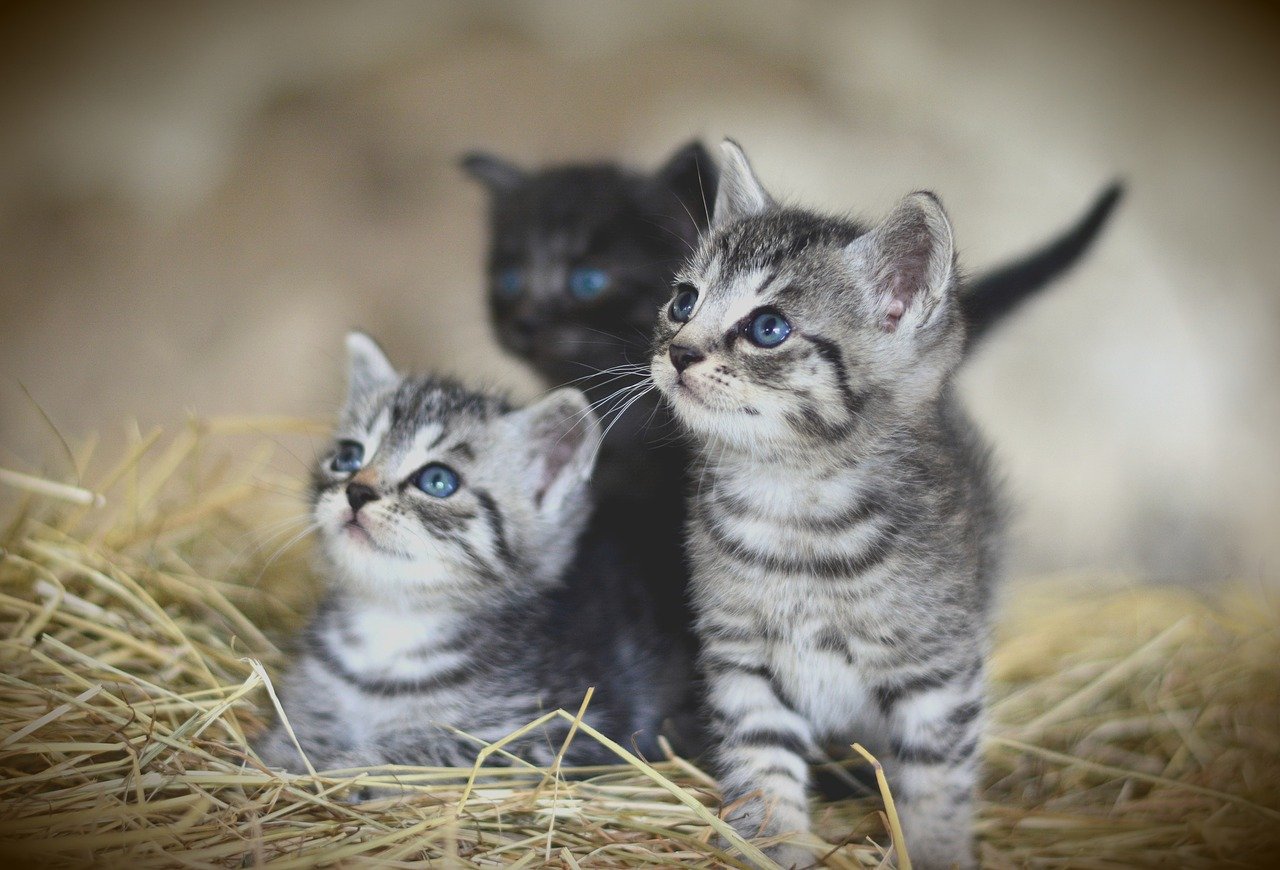Syrian Hamster - Lifespan, Colors, Cage Size and Care Guide
The Syrian hamster is one of the most popular and most commonly picked rodent pets. Because of its high popularity, the price for the tiny companion is relatively low, while the availability – quite high. But one has to make sure the pet lives in proper conditions and take care of its health. Check what you should know about the golden hamster before you take one home.

The Syrian hamster – what kind of animal is it?
The Syrian hamster (also known as the golden hamster) – Mesocricetus auratus is one of the most popular rodents in the whole world. The animal was first observed in the vicinity of the city of Aleppo in Syria – hence the name of this popular rodent. Note that it’s the first type of hamsters which have fallen in the hands of those who wanted to breed them. Although there are many smaller varieties of hamsters, the golden hamster still remains the most popular choice.
The Syrian hamster, unlike other hamsters, is a relatively large rodent. On average, it’s from 15 to 18 centimeters long. The weight, depending on the diet, falls between 100 and 250 grams, which makes an impressive score among the entire hamster family. For comparison, it’s three times heavier than the Djungarian hamster.
The Syrian hamster has very large and bulgy eyes. The excellent hearing is its strong advantage – it can hear ultrasounds. Rootless, endlessly growing teeth are a characteristic trait of this animal. The hamster has to wear them down constantly. Stretchy cheeks intended for food storage is another prominent attribute of the Syrian hamster.
Golden hamsters have short but very strong paws. In the natural environment, they help the animal to move across long distances.

What are the colors of the Syrian hamster?
The Syrian hamster living in its natural habitat has short golden-brown fur. In captivity, the color of its hair varies, from the mentioned classic to white or black.
So-called Syrian panda hamsters are quite popular, too – their colors make them resemble tiny pandas. Other Syrian hamster colors include:
- cinnamon,
- grey,
- brown,
- cream.
Keep in mind that the length of the hamster’s fur might vary as well. Normally it’s short, just like in the natural habitat. But there are also hamsters with medium-length hair. Long-haired hamsters are gaining popularity, too.

The Syrian hamster – personality
The Syrian hamster has a very mild character in captivity. It’s harmless towards humans, especially the ones it already knows for some time. In nature, the rodent might get aggressive, despite its small size.
These rodents sleep through the majority of daytime. They become active late at night. Remember that hamsters begin their winter sleep if the temperature drops below a certain level – usually 6 Celsius degrees (42.8 Fahrenheit). Analogically, if the temperatures get too high – over 38 Celsius (100.4 Fahrenheit), they begin their summer hibernation.
Hamster owners should talk to them a lot. These rodents can recognize their owner not only by smell, but also by voice.
What do golden hamsters eat?
The basic diet of a Syrian hamster should consist of special pre-mixed hamster food one can purchase in a pet store. Such mixes contain the following necessary ingredients:
- seeds,
- vegetables,
- fruits,
- herbs.
Syrian hamster owners can also feed their pets with fresh vegetables and fruits, which make a perfect supplementation of their diet. One can use carrots or bananas – but make sure to keep them in moderation.
Animal-based products make great snacks for a Syrian hamster, too. Mealworms are perfect for this purpose. Make sure the hamster has access to fresh water. A water bottle attached to the cage is an excellent option – it’s good for precise dosing.

The Syrian hamster – cage
The Syrian hamster is a solitary rodent. For this reason, avoid putting several animals in one place. The animal needs a lot of space exclusively for themselves. A space of 1 square meter makes optimal conditions for an adult hamster. When picking a cage, make sure it’s made of sturdy materials which will prevent the pet from escaping.
Where you put the cage is an important aspect as well. It cannot be left in full sun or exposed to a lot of noise. Also, avoid drafts and varying temperatures.
Is the Syrian hamster prone to diseases?
The Syrian hamster is vulnerable to diseases caused by infections, bacteria, and parasites. So-called wet tail disease is one of the most dangerous afflictions – it mostly attacks animals exposed to stress, e.g., by taking them from mother too early.
The Syrian hamster can encounter problems with parasites and fungal diseases. The most common issues include demodicosis and mycosis. If you notice any troubling skin rashes, lack of fur or skin spots – make sure to react immediately and consult an expert.
These rodents may also suffer from eye diseases and issues with the urinary system.

The Syrian hamster – lifespan
In nature, the Syrian hamster lives maximally 2 years. Hamsters kept in captivity have a similar lifespan. In rare cases they live even 4 years.
The golden hamster – price
Purchasing a Syrian hamster is not a big expense. How much does a Syrian hamster cost? $5 is a standard price. Hamsters with unusual colors cost slightly more, up to $20.

📍 What does the Syrian hamster look like?
The Syrian hamster is a rodent with thick, delicate and short fur. In nature, its colors are usually golden-red on the back, with white on the stomach. Captive hamsters can be even black and white.
📍 What is the lifespan of the golden hamster?
The Syrian hamster lives maximally 2 years in its natural habitat. Captive hamsters have a similar lifespan. Some pet hamsters live as long as four years – but note that it's not a rule.
📍 What can Syrian hamsters eat?
The Syrian hamster is not a picky eater. Regardless, make sure it receives a healthy diet. For instance, you can pick a special food mix at a pet store, and supplement it with fresh vegetables.
📍 Where to buy a Syrian hamster?
The golden hamster can be purchased in practically any pet store. When picking such a pet, pay attention to the color and length of its fur.
Featured articles
Maybe you're interested




